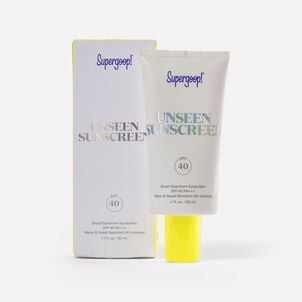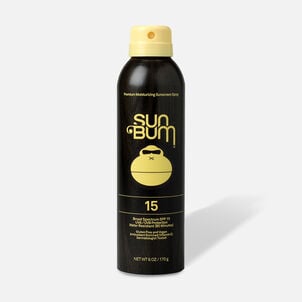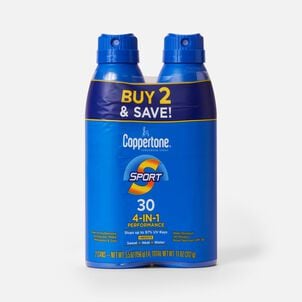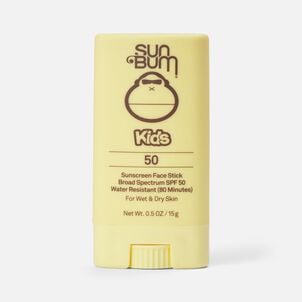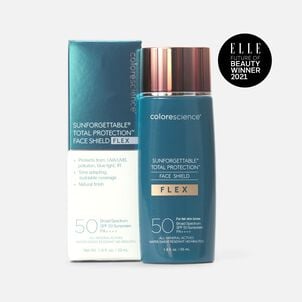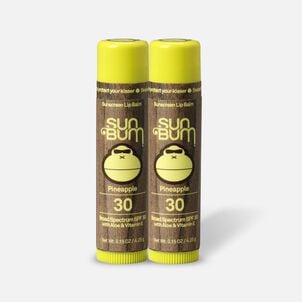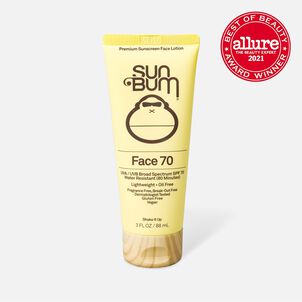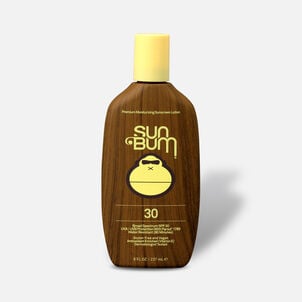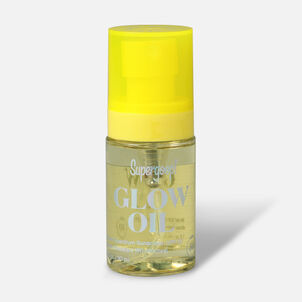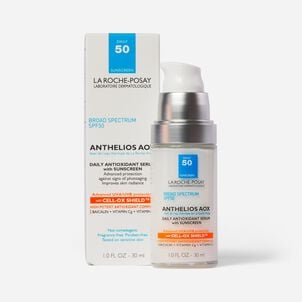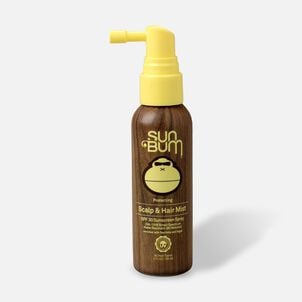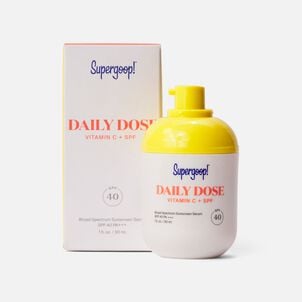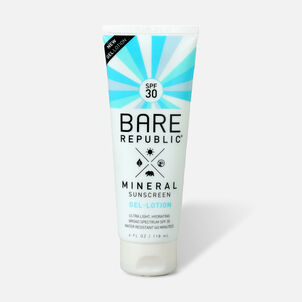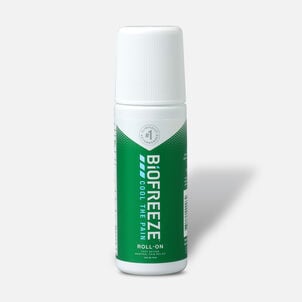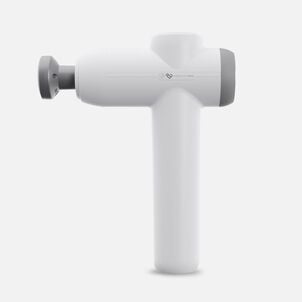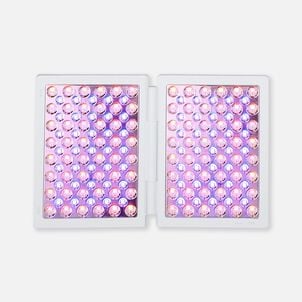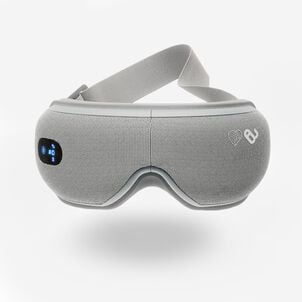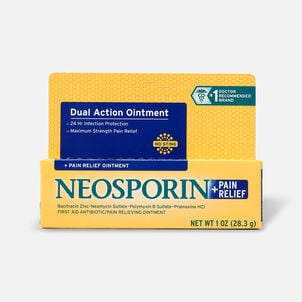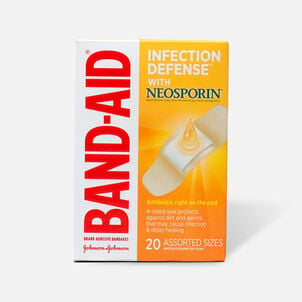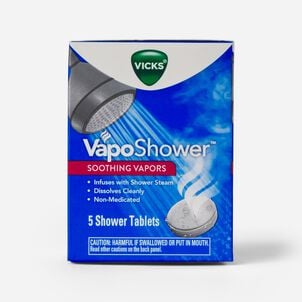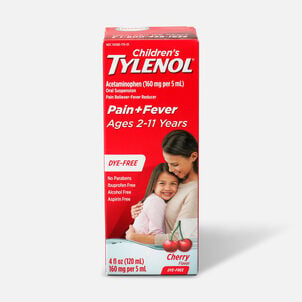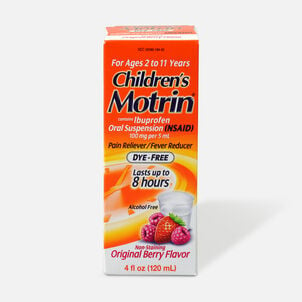The sun plays a very important role in our everyday lives. It helps keep our sleep pattern on track and helps our bodies produce Vitamin D, which is important for bone function and healthy skin. But like most things, it's only good in moderation. And for those who love the sun, you probably have a hard time accepting that.
The truth is, too much sun exposure is harmful to your skin, which is why we require protection from the sun's harmful ultraviolet rays. Deciding how much and what kind of protection you need depends on many factors. That's why we've put together an easy guide to help you choose the right protection.
If you're waffling back and forth about whether or not to invest your HSA, here are some pros and cons to help you decide.
All about UV
When considering sun protection, it's probably best to understand what exactly you're protecting yourself from. The sun's rays are made up of UVA and UVB rays, both of which can cause skin damage, but in different ways. According to the Skin Cancer Foundation, UVB rays cause sunburn and play a crucial role in the cause of skin cancer. While UVA rays are responsible for that glowy tan you're after, they're also wreaking havoc on your skin causing damage via aging and wrinkles.
A sunscreen's SPF protection refers to the protection it provides from the sun's UVB rays. So you're probably wondering, "What about UVA radiation?" That's where broad-spectrum protection comes in. Sunscreens with broad-spectrum protection do their best to block the entire spectrum of UV rays emitted by the sun, which is especially important when considering the harm UVB rays and UVA rays each cause.
Now that you understand what you're protecting yourself from, let's take a deeper dive into the pool of SPF so you can better understand which SPF number is right for you.
Shining a light on SPF
Not all SPFs are treated equally. So, before you ask yourself which SPF you should use, let's talk about what SPF is. The first question to consider is: what does SPF stand for? SPF is short for "sun protection factor," which indicates the effectiveness of a sunscreen vs. not wearing sunscreen. Sunscreens have many different SPF values from as low as 4 to as high as 110.
Understanding this value and what these numbers mean is essential to choosing the right SPF. According to MadeSafe.org, SPF 15 blocks 93% of UVB rays, SPF 30 blocks 97% of UVB rays, SPF 50 blocks 98% of UVB rays, and SPF 100 blocks 99% of UVB rays, but no one sunscreen blocks 100%. This also does not mean a higher SPF number provides longer UV protection. I know, we promised this was going to be an easy guide, but bear with us, this part is important: SPF 30 and SPF 80 both last the same amount of time, they just offer different degrees of protection within that time frame. That's why questions like when, how much, and how often you apply sunscreen are key.
Compare to Active Ingredient in Australian Gold Aloe Freeze Gel with Lidocaine
So how much is enough sunscreen?
Great question. The answer is: it depends. To practice safe sun exposure, we recommend following the instructions provided by your sunscreen product; however, there are some hard and fast rules that apply to good skincare practice.
According to QSun.co, a good rule of thumb when you apply sunscreen is "one teaspoon per body part" of exposed skin. No one expects you to bring your baking set to the beach to ensure you're accounting for the proper amount, but it wouldn't hurt to measure out a teaspoon of sunscreen in your hand so you can get used to what that measurement looks like.
While this is a helpful tip, it doesn't take into account how body surface area differs from one individual to another. In that case, it's best to make sure no piece of skin goes untouched. Applying sunscreen to dry skin, 30 minutes prior to sun exposure is recommended by the Skin Cancer Foundation. This will ensure that the sunscreen has been completely absorbed by the skin to offer maximum protection against sun damage.\
Another tip is to reapply, reapply, reapply. We can't stress this enough. According to the American Academy of Dermatology Association, one should reapply sunscreen every two hours or after swimming or sweating. We know, it's never convenient to break up a game of Marco Polo to reapply sunscreen, but you'll thank us later when you're not feeling the stinging effect of sunburn while trying to enjoy your s'mores.
Check your sundial
Luckily for planet earth, the sun never takes a day off, but for us, that means the sun is constantly emitting harmful UV rays. Having said that, it is recommended that you wear sunscreen everyday. But when you are spending time outdoors, the sun is strongest between 10 a.m. and 2 p.m., so your best bet is to make sure you're especially covered during these hours.
Even on cloudy days, up to 80 percent of the sun's harmful UV rays can penetrate your skin. According to the American Academy of Dermatology Association, it's especially important to look out for things like snow, sand and water as their reflective properties can enhance your skin's exposure to ultraviolet rays.
SPF by skin type
This leads us to the second-most-important consideration when choosing SPF and that is your skin type. Whether your skin is oily, dark, or fair, you will need to consider which SPF provides your skin with the maximum protection against sun damage.
For those with normal skin (neither dry nor oily) you're in luck. Any sunscreen is fair game for your skin type. You can pretty much pick your preference whether it may be reef safe, mineral, or chemical (we'll get to these in a bit).
For oily skin, you'll want to make sure you get a sunscreen that doesn't pack on the grease. The Healthy suggests finding a sunscreen with "ensulizole as the UVB blocker, since it's the least greasy." You can also consider a powder mineral sunscreen to avoid the greasiness.
For dry skin, try a sunscreen and moisturizer combo. Another option is finding sunscreens with soothing emollients, which according to Healthline, "coat your skin with a thin oily film that seals the water in your skin," thus keeping your skin hydrated.
And then there's acne-prone skin. Have no fear, there's SPF protection just for you. Search for a lightweight moisturizing sunscreen that is "non-comedogenic," which is a fancy word for, "will not clog your pores and cause acne."
If you have particularly sensitive skin, you may even want to seek shade during the sun's high point of the day. Choosing protective clothing to minimize the amount of skin you have exposed to the sun altogether is also a good idea. Plenty of outdoor apparel retailers offer built-in UPF (ultraviolet protection factor) that blocks both UVA and UVB rays.
And if you have a history of skin cancer, or may be at high-risk for skin cancer, avoiding excess sun exposure may be best. But in the event you find yourself in the sunlight, the Skin Cancer Foundation suggests that SPF 50 may not be enough protection. Consult your doctor about which protection may be right for you.
Chemical or Mineral
There are essentially two different types of active sunscreen ingredients that help prevent UVA and UVB rays, and they are chemical ingredients or mineral (physical) ingredients. Here's how they work:
Chemical sunscreen products use active ingredients like oxybenzone, avobenzone, octisalate, octocrylene, homosalate, and octinoxate which according to Piedmont Healthcare, absorbs the sun's rays, converts the rays to heat, and releases them from the body.
Mineral sunscreens "work like a shield, sitting on the surface of your skin and deflecting the sun's rays," according to the American Academy of Dermatology Association. These use active ingredients like zinc oxide and/or titanium dioxide and are typically a good alternative for sensitive skin types or even babies and toddlers.
No matter your desired protection, make sure not to miss the top of your head, ears, and even your lips! The American Academy of Dermatology Association recommends a broad-spectrum lip balm with a minimum SPF value of 30 for healthy, sun-kissed lips.
So, which SPF is right for me?
You've probably learned by now that there is no one magic number that covers every circumstance, but what you now know are the steps it takes to find out which SPF works best for you when you need it. So the next time you go shopping for sunscreen, find the right SPF by asking yourself the following:
- Who the sunscreen is for? (children or adults)
- Skin type
- Sensitivity to sun exposure
- Amount of time you will be spending outdoors
- Your preference for the type of SPF protection (chemical or mineral)
- Lastly, always make sure your sunscreen has not expired
Remember, you can always start with a water-resistant, broad-spectrum sunscreen with a minimum SPF value of 30, which is recommended by dermatologists and research done by credible organizations. (We suggest listening to the pros on this one.) Now put up your broad-spectrum covered feet up and enjoy the great outdoors with peace of mind.
-
Thanks for visiting the HSAstore.com Learning Center. For the latest info about your health and financial wellness, be sure to follow us on Facebook and Twitter.



